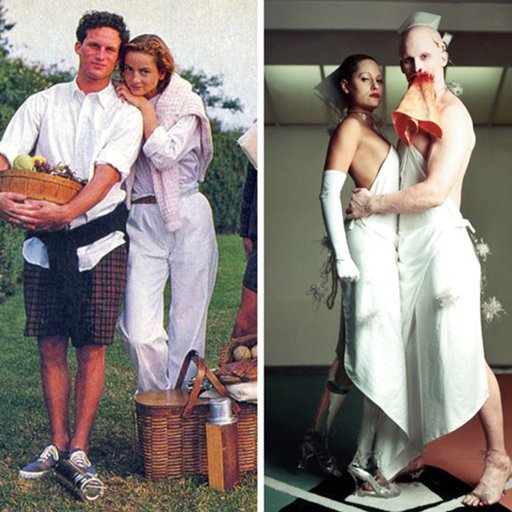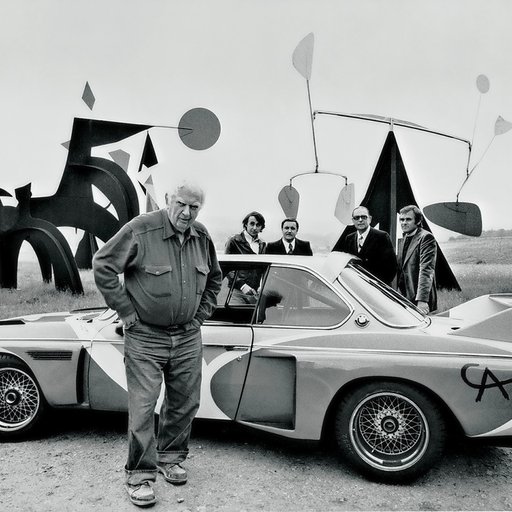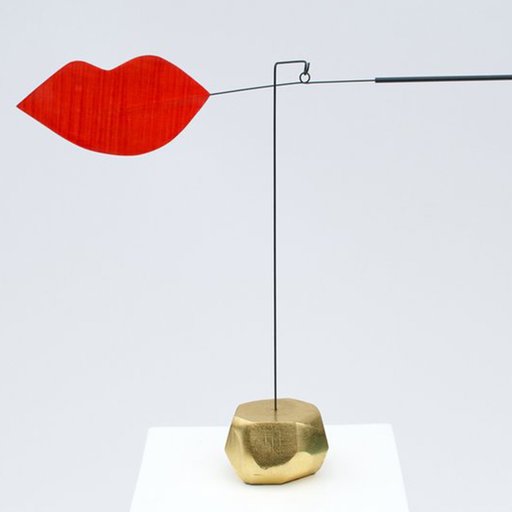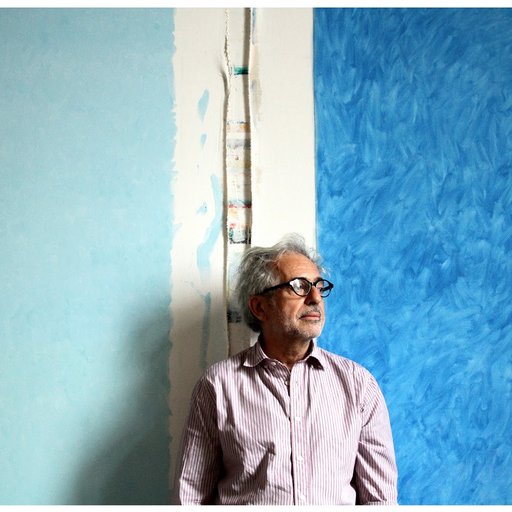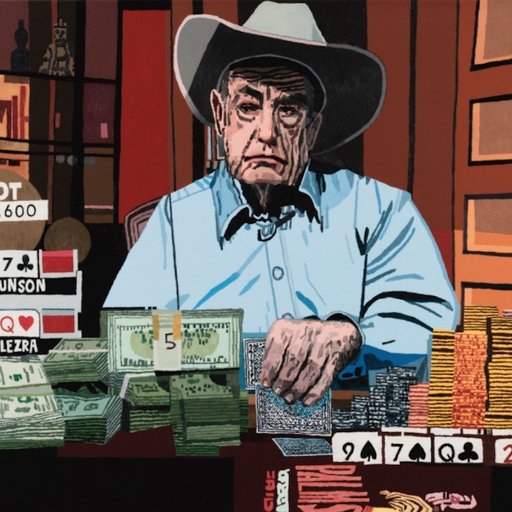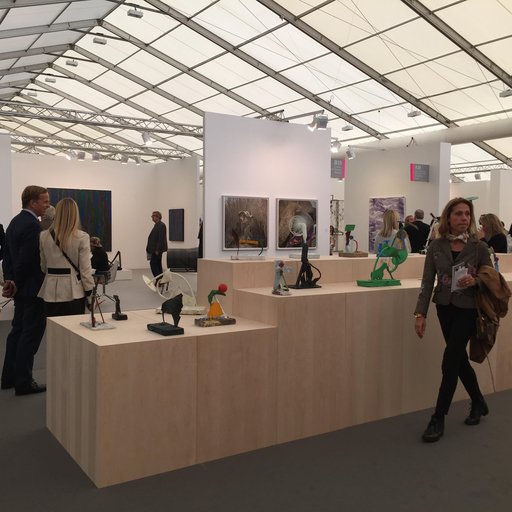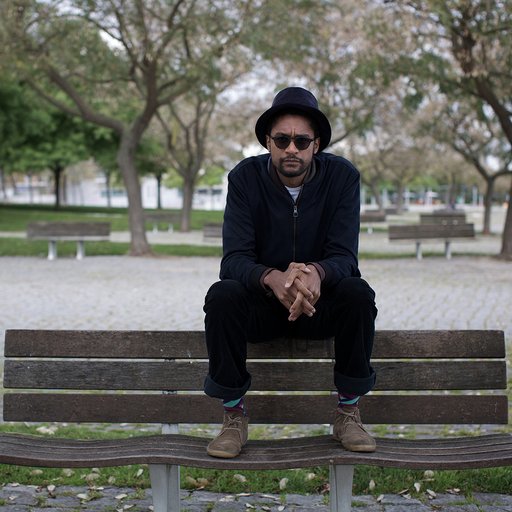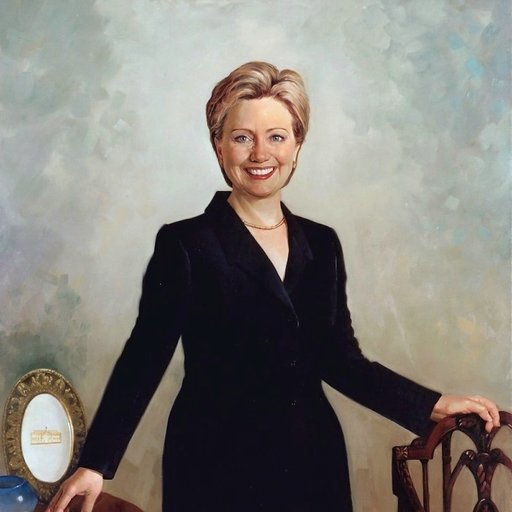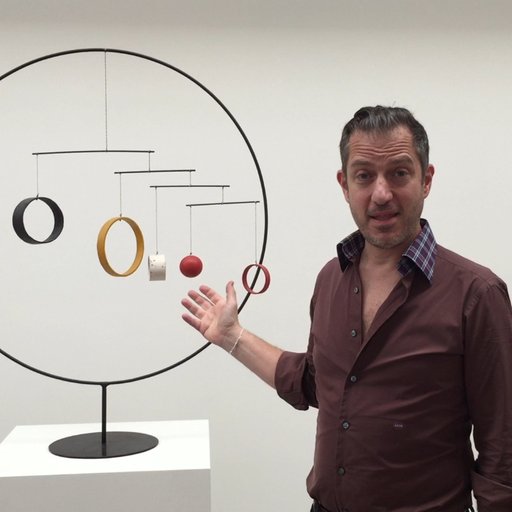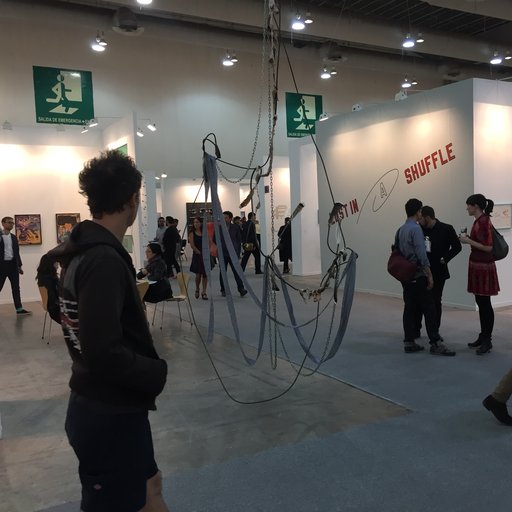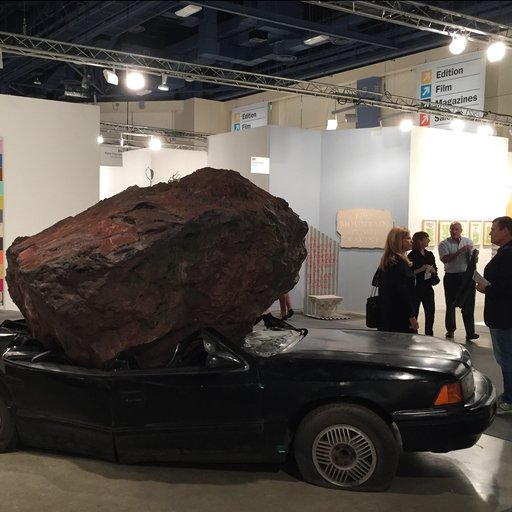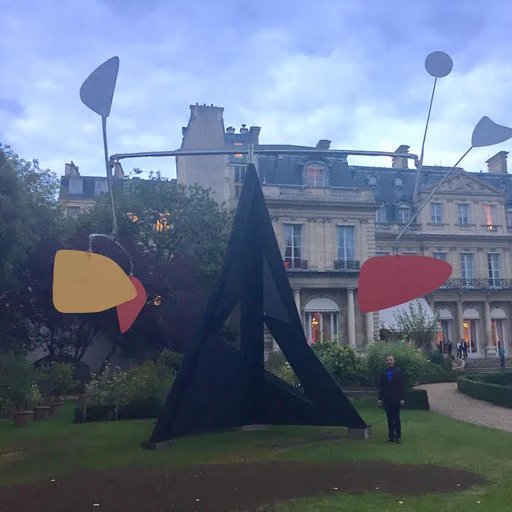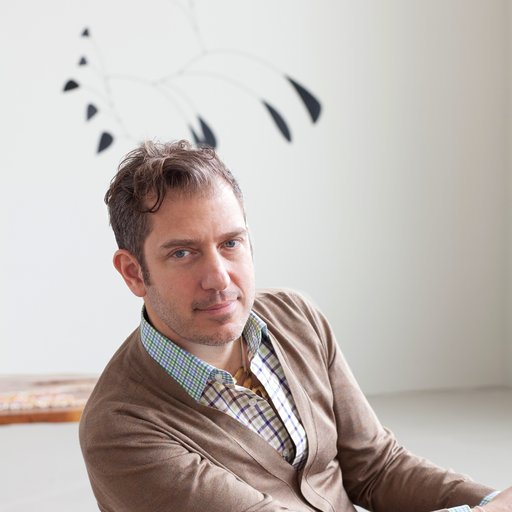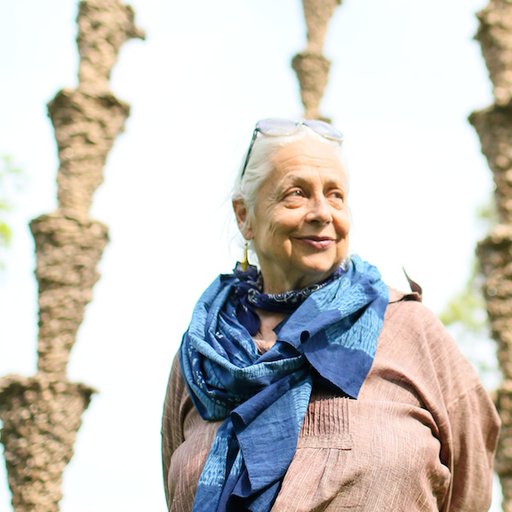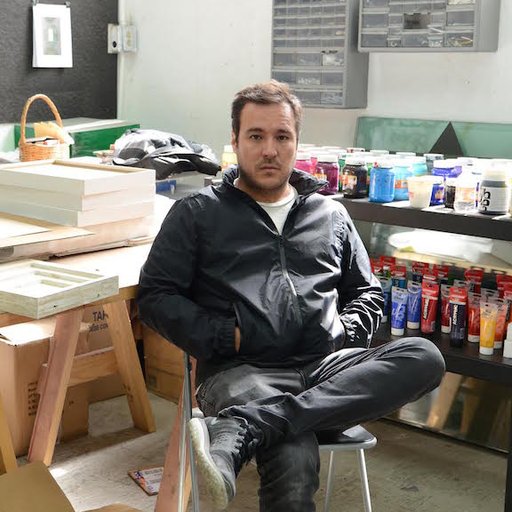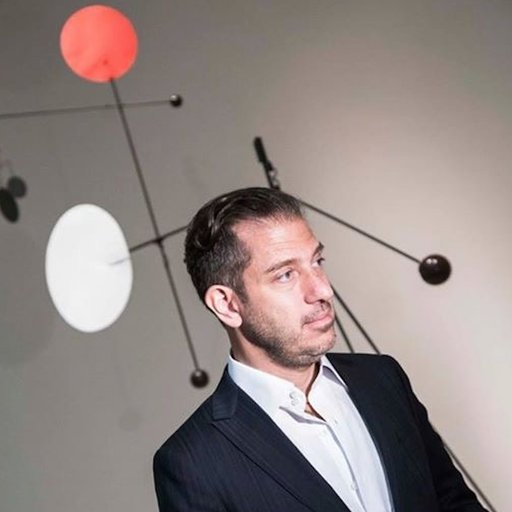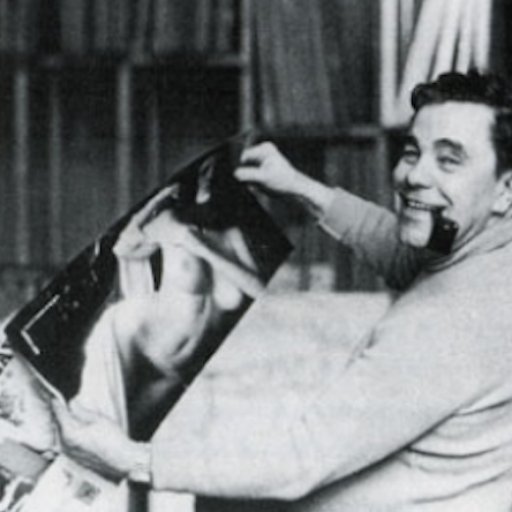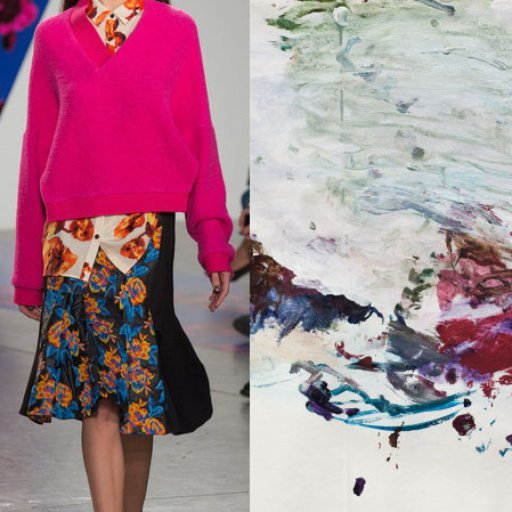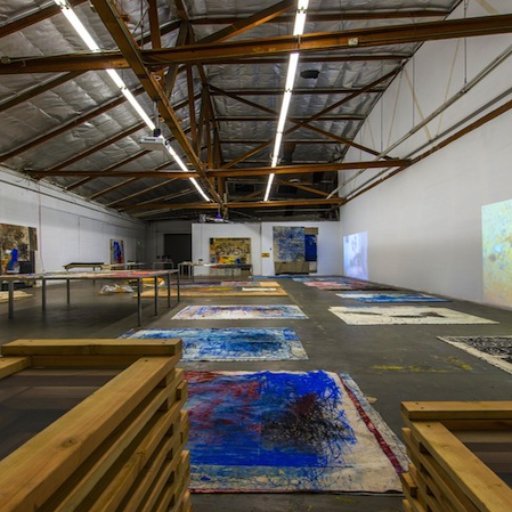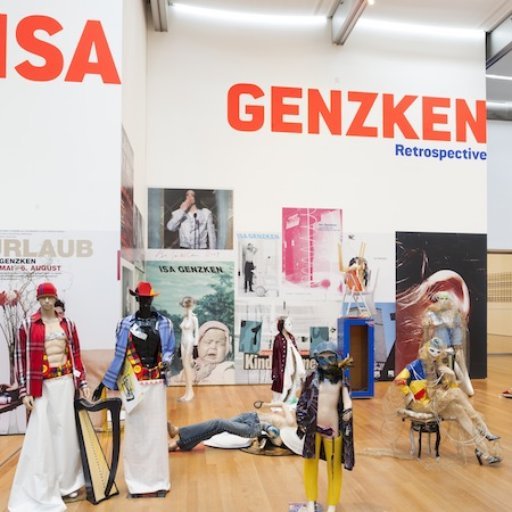Alexander Calder
Iconic American artist Alexander Calder is perhaps best known for his delicate, surreal mobile pieces, comprised of colored shapes, found objects and balanced spheres. Influenced early on by frequent visits to the circus in his youth, Calder began taking drawing courses with Clinton Balmer in New York, in 1922 and also studied with the Art Students League from 1923-25. After moving to Paris in 1926, Calder began to produce his first miniatures, creating simple figures from wood, wire and cloth. Eventually building an entire circus, the wire figures were included in several exhibitions in the late 1920s, with his first solo show taking place at Paris Galerie Billiet-Pierre Vorms in 1929. After joining the French artists group Abstraction-Création, Calder began to perfect his trademark mobile sculptures, influenced by the abstract, non-traditional styles of fellow artists like Marcel Duchamp and Joan Miró.
Presenting arrangements of perfectly balanced, abstracted figures, Calder’s mobiles were comprised of various everyday materials including twine, wire, thread, metal, wood and paint. Swaying delicately, the movement in his works is tangible, and encompasses a unique place in the art historical canon. Throughout his career, Calder also painted, designed graphic pieces, jewelry set productions and book illustrations. His works …
Iconic American artist Alexander Calder is perhaps best known for his delicate, surreal mobile pieces, comprised of colored shapes, found objects and balanced spheres. Influenced early on by frequent visits to the circus in his youth, Calder began taking drawing courses with Clinton Balmer in New York, in 1922 and also studied with the Art Students League from 1923-25. After moving to Paris in 1926, Calder began to produce his first miniatures, creating simple figures from wood, wire and cloth. Eventually building an entire circus, the wire figures were included in several exhibitions in the late 1920s, with his first solo show taking place at Paris Galerie Billiet-Pierre Vorms in 1929. After joining the French artists group Abstraction-Création, Calder began to perfect his trademark mobile sculptures, influenced by the abstract, non-traditional styles of fellow artists like Marcel Duchamp and Joan Miró.
Presenting arrangements of perfectly balanced, abstracted figures, Calder’s mobiles were comprised of various everyday materials including twine, wire, thread, metal, wood and paint. Swaying delicately, the movement in his works is tangible, and encompasses a unique place in the art historical canon. Throughout his career, Calder also painted, designed graphic pieces, jewelry set productions and book illustrations. His works are in prominent public and private collections worldwide, and exhibited widely throughout his career, including a 1943 solo show at the Museum of Modern Art in New York.
Image courtesy of Wallector
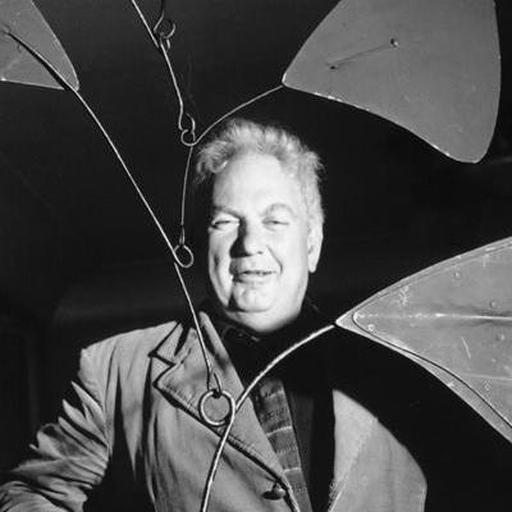
Art Institute of Chicago, Chicago, IL
Centre Pompidou, Paris, France
Cleveland Museum of Art, Cleveland, OH
Dallas Museum of Art, Dallas, TX
Fine Arts Museums of San Francisco, San Francisco, CA
Guggenheim Museum, New York, NY
Indianapolis Museum of Art, Indianapolis, IN
Los Angeles County Museum of Art, Los Angeles, CA
National Gallery of Art, Washington, D.C.
Museum of Modern Art, New York, NY
Museum of Fine Arts, Boston, MA
Museum of Fine Arts, Houston, TX
Hirshhorn Museum and Sculpture Garden, Washington, D.C
Peggy Guggenheim Collection, Venice, Italy
Pennsylvania Academy of the Fine Arts, Philadelphia, PA
Philadelphia Museum of Art, Philadelphia, PA
Reina Sofía National Museum, Madrid, Spain
Tate Gallery, London, England
Whitney Museum of American Art, New York , NY

